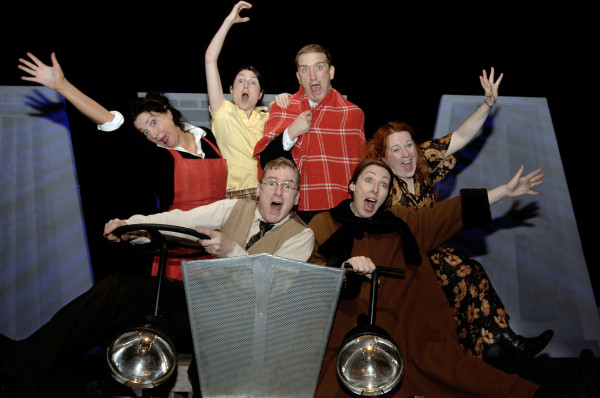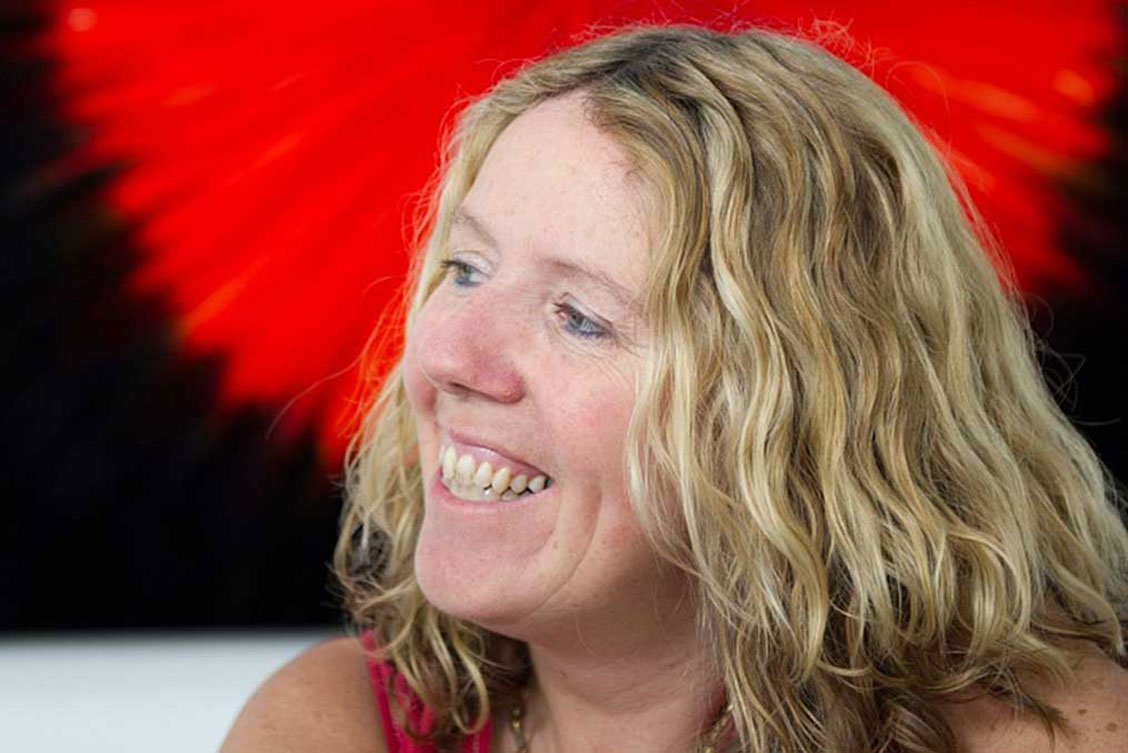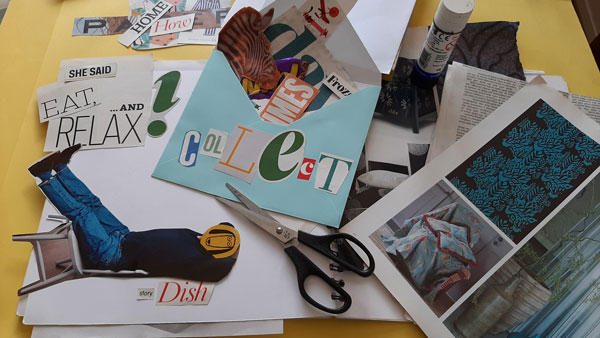Tell us a little bit about yourself and what you do:
I am from Dublin but living in County Meath since 1998. I live in a cottage in Wilkinstown and have a small little writing shack at the bottom of my garden. From there I write plays for theatre artists and organisations all over the world. I collaborate with theatres, actors, directors, writers, producers and my arts officer creating new theatre projects and plays. My plays are also published by Nick Hern Books and I often travel to the US, Europe and the UK to work with theatre companies in those countries. I love to collaborate with musicians and dancers too and include them in my productions.
What area of the arts do you work in?
Theatre.
How long have you been working in this area of the arts?
I have been writing plays professionally for 21 years but have always been involved in the theatre. I fell in love with it as a child and went to drama school and did plays as a young girl. I then went to college to study English and worked as an actress for a few years before I started writing.
What materials do you use to make your artwork?
People and their stories. My head. My heart. A computer. Books. Plays. Music. Images. Internet. Radio. Newspapers. Notebook and pen.
What or who inspires you?
My plays are inspired by the experiences of people around me. Plays slip in from the fields, they are made in kitchens, school playgrounds, villages, lanes and towns. Plays ask questions as to why people behave as they do and how people make their way in the world. They reflect and explore and challenge and change.
How do you start a new piece/body of work or how do you explore a new theme?
An idea can come from anywhere, a book, a story, an image, a radio interview, a newspaper headline, a character, a moment in your life.
If an idea grabs me then I look at the why? For example, my daughter once brought a flower into my uncle, she just picked it from the flowerbed outside his nursing home. He was suffering from dementia and was not very communicative but there was something about her little gesture that lit him up and he began to sing to her and play with her like he did with me when I was a child and I thought…he is all still in there, but now we just get glimpses of the man he once was. That moment inspired a play Halcyon Days I wrote in 2012 about a man in a nursing home who is coaxed out of himself by another patient who falls in love with him.
So you take the idea, what interests you about it or what you think you have learned through it and then you think and think and play with it in your head until you create a story that allows you to open up others to your discovery. Then you start writing and you might write four or five draftsi of the play before you are happy with it. Then you collaborateii with other brilliant people like actors and directors and musicians and they bring their magic to the finished work. Finally, it goes out to the audience who bring their laughter and tears and understanding, and we all share a huge experience from that one little chance moment.
Do you have any advice for those reading this?
Always be curious.
Never be afraid to cry.
Never be afraid to ask questions of yourself or anything in this world.
Never be afraid to laugh.
Allow yourself to feel every emotion in your own life and in others.
Love people and try to understand them even if you totally disagree with them.
Open your head to the amazing complexity and beauty of the world.
Enjoy yourself.

Can you share with us an image of your work?
This image is from a children's play I wrote in 2008 for Solstice Arts Centre called Maisy Daly's Rainbow. It was directed by Veronica Coburn and Elaine Agnew composed some beautiful music.
The idea was inspired by a story my Dad told my two girls when they were very small. He told them he saw a rainbow at the back of the Doctor's big house in Clara where he lived and how he wanted to take the rainbow home. I loved this idea and created a story about a young boy who was bullied but created his own rainbow on his bedroom wall and each colour helped him work through his emotions. It was great fun and the cast of dancers, musicians and actors were totally terrific.
MUSIC
Music plays an important role in theatre as it can create an atmosphere or mood for the audience. It can communicate the emotion of the characters, their feelings and thoughts and even help us predict what might happen next in the story. Collaborating with the playwriter the composer thinks carefully about the instruments to use and the notes the musicians will play. Elaine Agnew, a composer from Belfast has created work that has been commissioned, performed and broadcast worldwide. She created music for Maisy Daly’s Rainbow, written for the clarinet, violin, cello and harp. She uses the instruments to describe the colours of Johnny’s rainbow in the story and is delighted to share some of that music here with you.
The first piece is Yellow, for the clarinet and harp and is mainly quiet and sleepy.
The second is Green and represents the character of Master Kane so it has more movement and also includes stringed instruments.
The third is the Navan Dance, used at the end of the play. It is a compilation of a number of shorter pieces and ‘colours’ throughout the show, especially Blue and Orange, and brings them all together to for the grand finale.
Listen to this beautiful music and think about how each piece makes you feel. Use your notebook and colours to draw to the music, creating images, shapes or lines to the notes in each piece.

